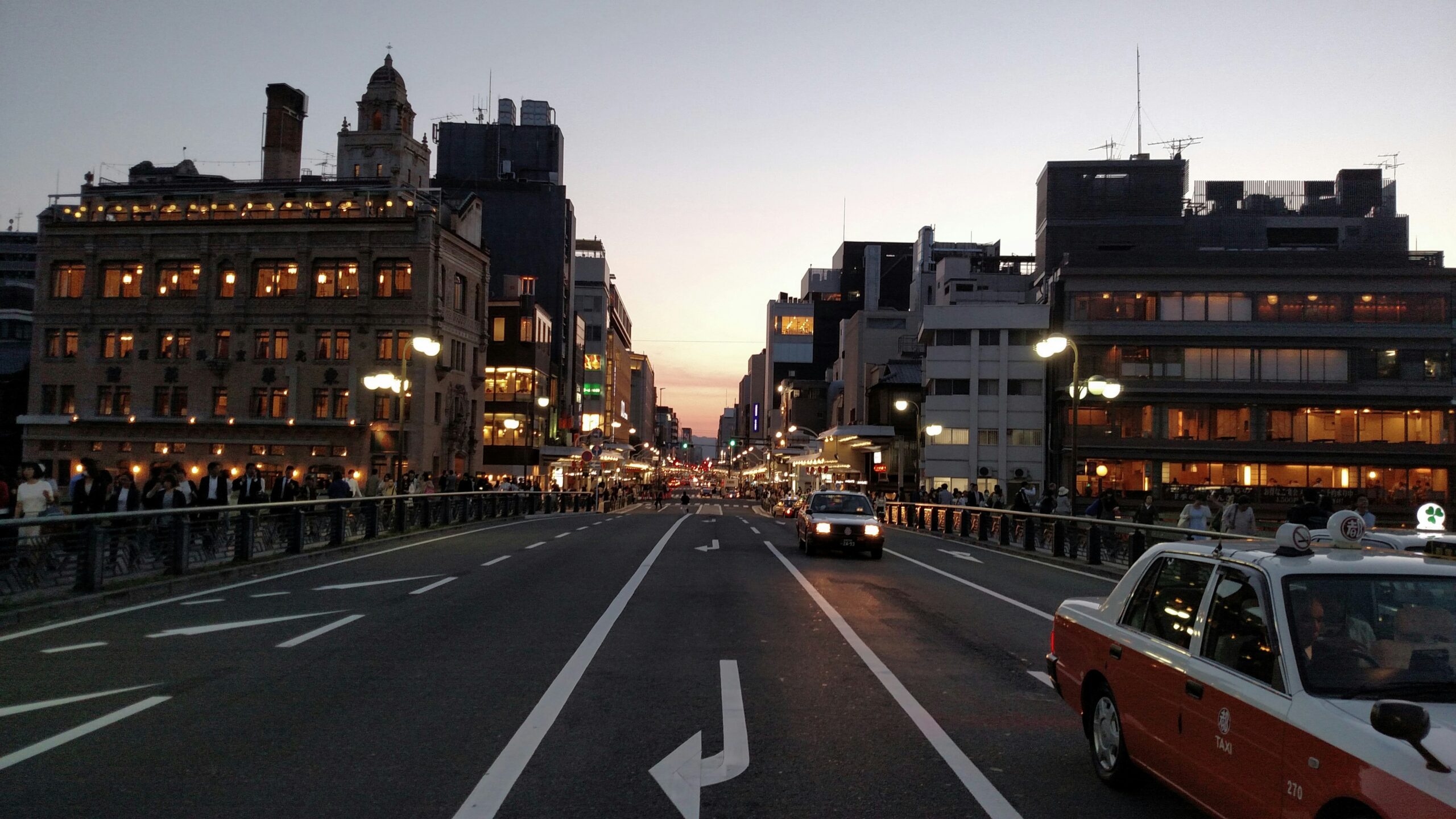Kyoto, the ancient capital of Japan, is an enchanting city that blends traditional charm with natural beauty. Known for its stunning temples, gardens, and historical sites, it offers travelers a glimpse into Japan’s rich cultural heritage. Whether you’re visiting for a day or staying for a week, Kyoto has something to offer for every type of traveler. Here’s a list of the most interesting places to explore in Kyoto:
Kinkaku-ji (The Golden Pavilion)

One of the most iconic sites in Kyoto, Kinkaku-ji is a Zen Buddhist temple whose top two floors are entirely covered in gold leaf. Set against the backdrop of a serene pond and beautifully manicured gardens, the pavilion shines in every season, whether surrounded by cherry blossoms in spring or blanketed in snow in winter. It’s a UNESCO World Heritage site and one of the most photographed places in Japan.
Tip: Visit early in the morning to avoid crowds and catch the reflection of the pavilion on the water.
Fushimi Inari Taisha

Famous for its thousands of vibrant red torii gates that snake up the mountainside, Fushimi Inari Taisha is a must-visit shrine in Kyoto. The shrine is dedicated to Inari, the Shinto god of rice and prosperity, and its network of paths takes you through tunnels of torii gates into the forest. The hike to the summit can take about 2-3 hours, rewarding visitors with stunning views of Kyoto.
Tip: Visit at dusk or early morning for a more tranquil experience, and take your time exploring the smaller shrines along the way.
Arashiyama Bamboo Grove

Walking through the Arashiyama Bamboo Grove feels like stepping into another world. Towering bamboo stalks surround you as you wander through this peaceful, atmospheric setting. Located in the Arashiyama district, the grove is part of a larger area that includes temples, the Iwatayama Monkey Park, and the picturesque Togetsukyo Bridge.
Tip: Combine your bamboo grove visit with a trip to nearby Tenryu-ji Temple, another UNESCO site with a beautiful garden that is especially stunning in autumn.
Kiyomizu-dera

Perched on a hillside with sweeping views over Kyoto, Kiyomizu-dera is a historic Buddhist temple known for its massive wooden stage that juts out over the hillside. The temple is especially popular in the spring and autumn for cherry blossoms and fall foliage. It’s also home to the Otowa Waterfall, where visitors can drink from its streams, believed to bring health, longevity, and success in studies.
Tip: Wander through the charming Higashiyama district on your way to the temple. Its narrow lanes, lined with traditional shops and teahouses, offer a glimpse into Kyoto’s old-world charm.
Gion District

Gion is Kyoto’s famous geisha district, where you can step back in time as you walk through streets lined with wooden machiya houses. In the evenings, you may catch a glimpse of a geiko (Kyoto’s term for geisha) or a maiko (apprentice geisha) gracefully moving between tea houses. Gion is also home to the Yasaka Shrine and is a great place to experience a traditional tea ceremony or enjoy kaiseki dining.
Tip: If you’re interested in Kyoto’s cultural performances, check out Gion Corner, which offers shows featuring traditional arts like tea ceremonies, flower arranging, and traditional music.
Nijo Castle

Nijo Castle is an important historical site and was once the residence of Tokugawa Ieyasu, the first shogun of the Edo period. The castle is surrounded by beautiful gardens and features the famous “nightingale floors,” designed to squeak and alert the shogun to intruders. The interior features impressive painted screens, which add to its grandeur.
Tip: The cherry blossoms at Nijo Castle in spring are a sight to behold, making it a perfect spot for hanami (cherry blossom viewing).
Philosopher’s Path

For a peaceful walk, follow the Philosopher’s Path, a stone path along a canal lined with cherry trees that stretches between Ginkaku-ji (the Silver Pavilion) and Nanzen-ji Temple. The path gets its name from the famous Japanese philosopher Nishida Kitaro, who was said to walk here daily. It’s especially beautiful during cherry blossom season and autumn when the trees transform into a canopy of color.
Tip: Along the path, you’ll find small temples, shrines, and quaint cafes, perfect for a quiet retreat from the city’s hustle.
To-ji Temple

To-ji is home to Japan’s tallest wooden pagoda, a symbol of Kyoto. This Buddhist temple, founded in 796, is part of Kyoto’s UNESCO World Heritage sites and hosts a monthly flea market on the 21st of each month. The five-story pagoda and surrounding gardens are particularly beautiful in spring and autumn, attracting visitors year-round.
Tip: If you’re in Kyoto on the 21st, don’t miss the bustling flea market held here, offering antiques, textiles, and local crafts.
Nanzen-ji Temple

Nanzen-ji is one of Kyoto’s most important Zen temples and is known for its massive Sanmon gate, which offers panoramic views of the city. The temple complex includes multiple sub-temples, beautiful gardens, and the impressive Suirokaku Aqueduct, a brick structure that looks almost out of place in Kyoto but adds to the temple’s charm.
Tip: Explore the temple’s peaceful gardens, including the Hojo rock garden, known for its serene and minimalist beauty.
Ryoan-ji

Ryoan-ji is famous for its Zen rock garden, which is considered one of the finest examples of dry landscape design in Japan. The garden consists of 15 rocks arranged on a bed of white gravel, and its simplicity invites quiet contemplation. Surrounding the garden, you’ll find tranquil walking paths around a peaceful pond, offering a serene escape from the city.
Tip: Spend some time sitting and reflecting at the rock garden, as it is designed to evoke a sense of mindfulness and calm.
Kyoto offers a unique blend of cultural, historical, and natural wonders. Whether you’re captivated by the peaceful beauty of temples and gardens or intrigued by the traditional atmosphere of geisha districts, Kyoto never fails to enchant its visitors. Each season brings a new perspective on these iconic sites, making Kyoto a year-round destination for exploration.


Leave a Reply